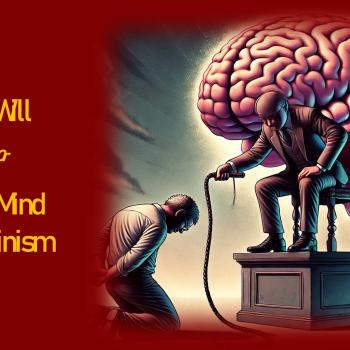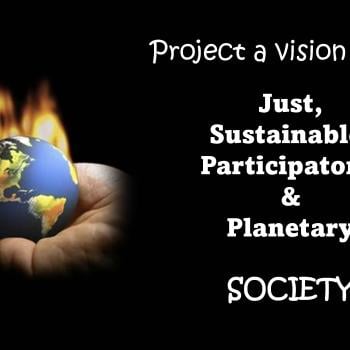Theologies of the Soul: Soil & Spirit
We ask here about theologies of the soul in the face of widespread skepticism. One of my favorite skeptics is Michael Shermer, editor of Skeptic. For Michael, the issue is whether you and I will experience consciousness the other side of death.
“Controversy? The hard problem of consciousness is arguably the main one. But in skeptical circles, there is another question that has garnered intrigue: does consciousness survive death?…There IS a definitive answer, but if the answer is yes, we have to wait until we die to find out. And if the answer is no, we won’t be able to find out at all. Hmm…” (Skeptic August 1, 2023)
At least skeptic Michael Shermer has a sense of humor. In the meantime, before we die, let’s examine the world’s farraginous pastiche of beliefs, doctrines, and speculations regarding the human soul and our hopes for the future of consciousness.
Multiple Theologies of the Soul
The question of consciousness in the afterlife lends gravity to theologies of the soul. Why the plural? Why more than one theology? Opinions and persepctives differ. Here is a partial collection of models or motifs or theologies of the soul I have collected. Do you recognize any?
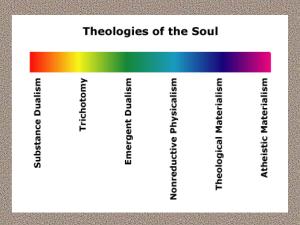
In this Patheos series on “Theologies of the Soul,” we will compare and contrast various models for soul-thinking. Just what is this thing we call a “soul”?
We are Soil & Spirit
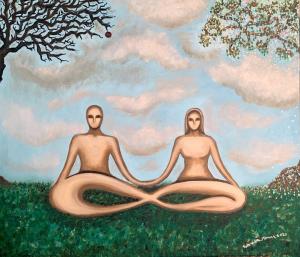
Let’s start with the Bible. One of the most dramatic moments in the Bible is the creation of the first human being.
“Then the LORD God formed man from the dust of the ground, and breathed into his nostrils the breath of life; and the man became a living being.” (Genesis 2:7).
The Hebrew word for “man” here is Adam, representing “humanity.” And the word for ground or soil is Adamah. We human beings are made from soil. Yet, we also share the breath of God. We are combinations of soil and spirit, earth and heaven, animal and more.
We have become accustomed to using the word ‘soul’ to indicate this double definition of who we are: both earthly and heavenly, both body and soul, both mortal and immortal. Sometimes with the word ‘soul’ we think of our deepest self, our personhood, our core, our essence. No matter what happens to our body, whether it flourishes and prospers or whether it deteriorates and dies, our essential self lodged in the soul can remain centered and integrated. When we think of our relationship with God, we presume that it is our inner soul making the connection. Is this the way it works?
How is it with your soul?
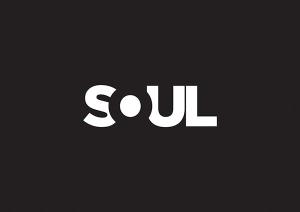
We experience a precious moment when a good friend looks us straight in the eye and in utter seriousness asks, “Just how is it with your soul?” What happens then is as uncanny as it is amazing. Just having that question posed to us by someone who cares has a healing effect. The very fact that this caring person treats us like a centered soul somehow makes us that way. The very gesture of seeking a healing peace within has the effect of eliciting that very peace of mind. Genuine peace is lodged in the soul.
Something paradoxical is going on here. On the one hand, our soul is the deepest interior dimension of who each of us is as a person. Yet, on the other hand, we can become who we are only in dynamic relationship with another soul. What is so uncanny is that the other soul needs to love our soul before our soul can become what it is.
Get it? It takes engagement with another soul before your or my soul can become a soul. The first human in Genesis 2:7 engaged with God, and God’s breath created a living soul.
Are soul and spirit the same?
We have just entered the domain we call spirituality. Let’s put the two words soul and spirit together. Whereas the word ‘soul’ connotes who each of us is as an individual, our deepest essence; the word ‘spirit’ connotes that dimension of our inter-personal reality that unites us with others. To speak of ‘soul’ reminds us that we have a center, a centered self. To speak of ‘spirit’ reminds us that we have an apron of relationships. The power of the spirit unites us with something bigger than us. Our souls grow and develop in spiritual relationships. Our soul becomes immortal because of our spiritual relationship with the eternal God. To think of a human person in the fullest sense is to include body, soul, and spirit in relationship to community and to God.
Various Models of the Soul
According to the Catholic Encyclopedia, New Advent, “the soul may be defined as the ultimate internal principle by which we think, feel, and will, and by which our bodies are animated.” A helpful definition? Yes. But, there are additional theologies of the soul to ponder.

In this Patheos series on theologies of the soul, I’d like to to draw a spectrum of various conceptual models of the human soul as found within Christian theology along with other religious traditions such as Hinduism and even atheism. As we do so, please note that not all Christians draw the same picture of the soul. We may have only one Bible, yet we Christians draw a wide variety of pictures of just how we should understand the one faith that Bible teaches. Each alternative has a valuable contribution to make, even if it seems at first glance to contradict some of the others. As thinking Christians, we might enjoy pondering what other thinking Christians think about this topic.
Now, get ready for some three-dollar words. On this spectrum we place the most popular mental model of the soul, what is known by philosophers as ‘substance dualism’. The dualists are the ones who define the soul in terms of a non-physical or spiritual substance. As you will see, this represents only one in a long list of options, alternative theologies of the soul.
The other options we will plot on our spectrum include: Emergent Dualism, Nonreductive Physicalism, Theological Materialism, Atheistic Materialism, and, finally, a Trichotomy of soul with body and spirit. All these are distinctively Christian theological pictures; but along the way we’ll look briefly at Hinduism and Buddhism for comparison.
Patheos ST 4131 Soul 1 Theologies of the Soul
I’m not ready to draw a conclusion. Let’s move on to substance dualism. Get ready to click.
Patheos ST 4131 Soul 1 Theologies of the Soul
Patheos ST 4132 Soul 2 Substance Dualism
Patheos ST 4133 Soul 3 Trichotomy
Patheos ST 4134 Soul 4 Materialisms
Patheos ST 4135 Soul 5 Emergent Dualism
Patheos ST 4136 Soul 6 Non-Reductive Physicalism
Patheos ST 4137 Soul 7 Bodily Resurrection
Patheos ST 4138 The Soul of Benedict XVI
Patheos ST 4139 Blessed Mother Olga of Alaska knitted mittens
Patheos ST 4140 Supporting Husbands in Theology
▓
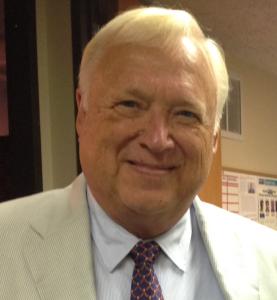
For Patheos, Ted Peters posts articles and notices in the field of Public Theology. He is a Lutheran pastor and emeritus professor at the Graduate Theological Union. He co-edits the journal, Theology and Science, with Robert John Russell on behalf of the Center for Theology and the Natural Sciences, in Berkeley, California, USA. His single volume systematic theology, God—The World’s Future, is now in the 3rd edition. He has also authored God as Trinity plus Sin: Radical Evil in Soul and Society as well as Sin Boldly: Justifying Faith for Fragile and Broken Souls. See his website: TedsTimelyTake.com.
▓





